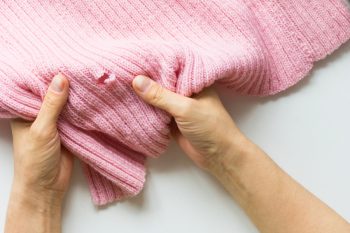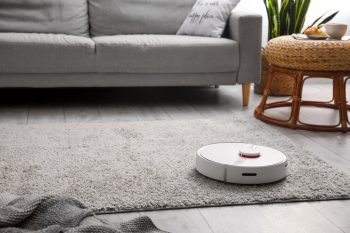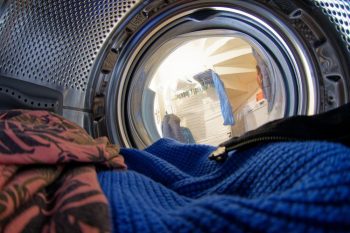
The Electrolux washing machine filter is designed to trap debris and lint inside your machine. But sometimes, this filter can malfunction with constant use, affecting the washing machine’s performance.
If you fail to clean this filter, your clothes may become dirty and smelly after a wash cycle. In addition, as time progresses, lint and dirt in your washing machine may eventually damage it.
You surely don’t want this, and we are here to help.
This article will explain some DIY tricks to clean your Electrolux washing machine filter and tips for maintaining the appliance. Let’s get started.
- Like many washing machine brands, the filter is located around the lower front panel of any Electrolux front-load washing machine.
- Look towards the bottom section, the part closest to the floor. You should see an access panel that you can easily open with your fingers or a screwdriver.
- To clean your Electrolux washing machine filter, turn it off and disconnect the appliance from the power outlet.
- Next, follow our recommended steps for the cleaning process.
- How often should you clean your Electrolux washer filter? Unfortunately, there are no direct answers to this question. In addition, the manufacturer’s instructions may vary depending on the machine model.
- However, we recommend you clean your Electrolux washing machine filter at least once every two months.
- If you see lint on your clothes after washing, a dirty filter may be the cause. But at other times, something else may be at play.
Below, we will walk you through a step-by-step guide on cleaning and maintaining your Electrolux washing machine. But before you jump into the DIY spirit, let’s discuss how you can find the filter on your washing machine.
Where Is the Filter on an Electrolux Washing Machine?

You can find the filter on any Electrolux front-load washing machine on the lower front panel.
Look towards the bottom section, the part closest to the floor. You should see an access panel that you can easily open with your fingers or a screwdriver.
Behind this access panel lies the filter, but consult your user manual if you still can’t see it.
Cleaning the Electrolux Washing Machine
Before cleaning your Electrolux washing machine filter, please turn it off and disconnect the machine from a direct power source. Never pull out the filter while your washing machine is still running.
If the water is still hot, you may have to wait until it cools. While you wait, you can gather the things you need for cleaning. These include a washcloth, flashlight liquid detergent or dish soap, a soft brush, and a shallow basin.
Once ready, open and remove the cover of your washing machine filter. Place your shallow basin immediately under the drain filter because it will expel water once you open it.
However, note that the Electrolux line features different filter types, and your washer model determines what model you see. But whether you have an older or a newer model, the cleaning method is almost the same.
Below, we will walk you through a step-by-step process of removing and cleaning your filter.
1. Open Your Electrolux Washing Machine Filter

To open your filter, turn the knob to the left about 180 degrees. However, do not pull out the filter yet.
Allow the water to drain into the basin until full. Once the basin fills, close the filter, empty the basin, and repeat the steps until the water finishes.
2. Pull Out and Clean Your Filter

After draining the water, turn the knob anti-clockwise and pull it to remove the filter from the washing machine. Surprises may be waiting for you, depending on how long it has been since you cleaned your filter.
You may find clumps of old detergent, buttons, hair, bobby pins, mold, and other gunk. First, remove and dispose of these items. Then prepare to clean your filter thoroughly.
3. Soak Your Filter In a Soap Solution

Get a bowl or bucket that is large enough to fit your filter and fill it with hot water. Next, add some liquid detergent or dish soap, about a tablespoon, to the water. Then, leave the filter to soak in the soapy water for some minutes.
If you find mold, detergent clumps, or mildew stuck to your filter, soapy water may not be enough. It would be best to have something stronger to melt the gunk off and make the filter easier to scrub.
4. Scrub Your Filter With a Soft Brush

Get your soft-bristled brush or old sponge and scrub your filter gently to get the gunk off. Keep at it until all the dirt is off and the filter looks clean.
But before you replace the filter, check that the housing area is clean. That is the place where you pulled out the filter.
Sometimes, the lint and other debris may spread inside the washer. So, if you scrub the filter alone, the job is half done.
In this stage, your flashlight is handy because you will need it to look inside your washer. Check for hidden debris and use the washcloth to pull the dirt out.
You can dip the cloth in water to wet it and wipe the filter area with it.
5. Replace the Filter
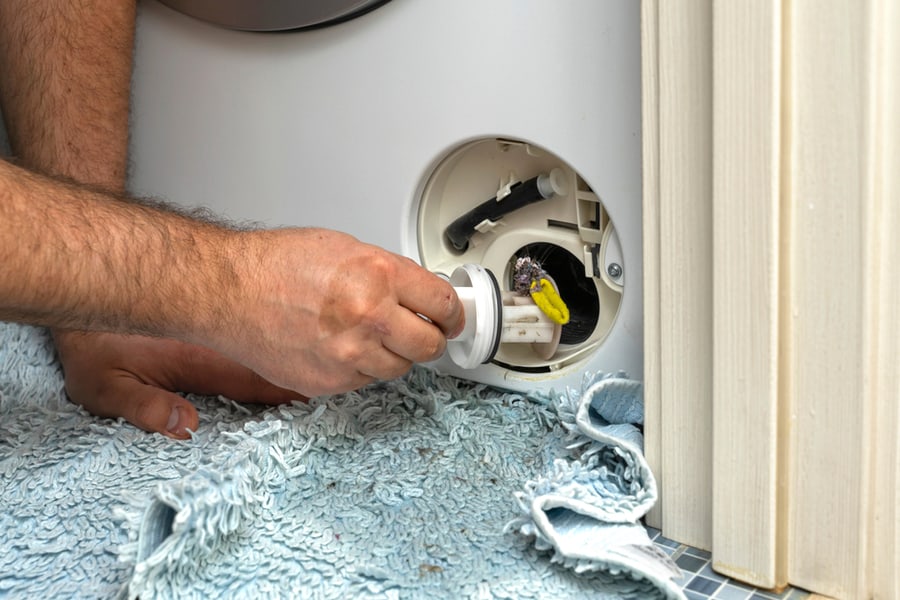
Now that your filter is clean, it is time to replace it in the washing machine and test for results. Put it with a dry cloth and fit it into the filter area. But make sure to secure it properly to prevent leakage.
Remember that while pulling the filter out, you turned the knob anti-clockwise. But to replace the filter, turn it clockwise to hold it in place. Then, close the drain cover over the filter knob.
6. Test Run Your Washing Machine
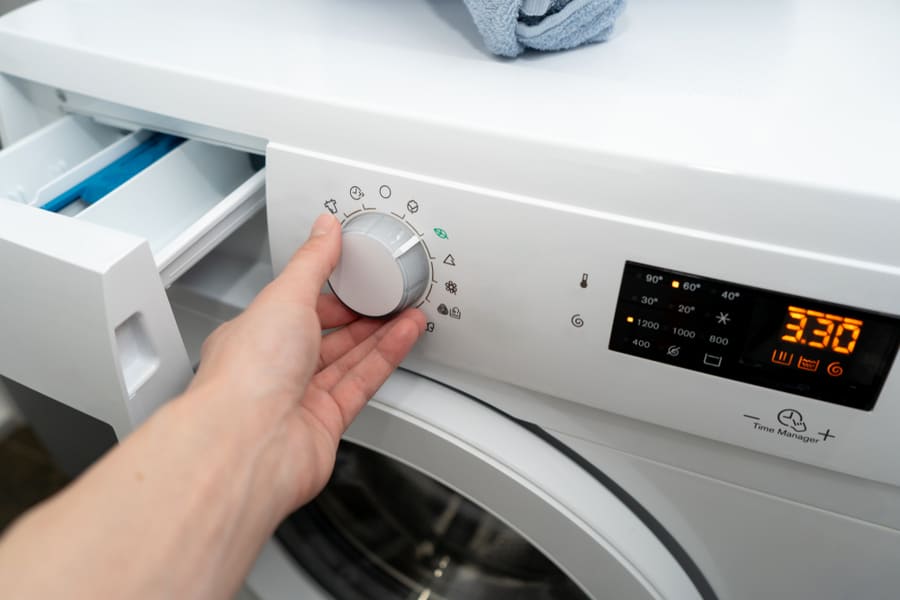
After cleaning your washing machine filter, the next thing to do is test that the cleaning worked. For this, you need to run a short washing cycle.
The filter is still loose if you notice any leakages while running this short cycle. In that case, open the machine again, pull out the filter, and replace it.
But if everything works fine, you can resume using your machine as normal.
How Often Should I Clean My Electrolux Washing Machine Filter?
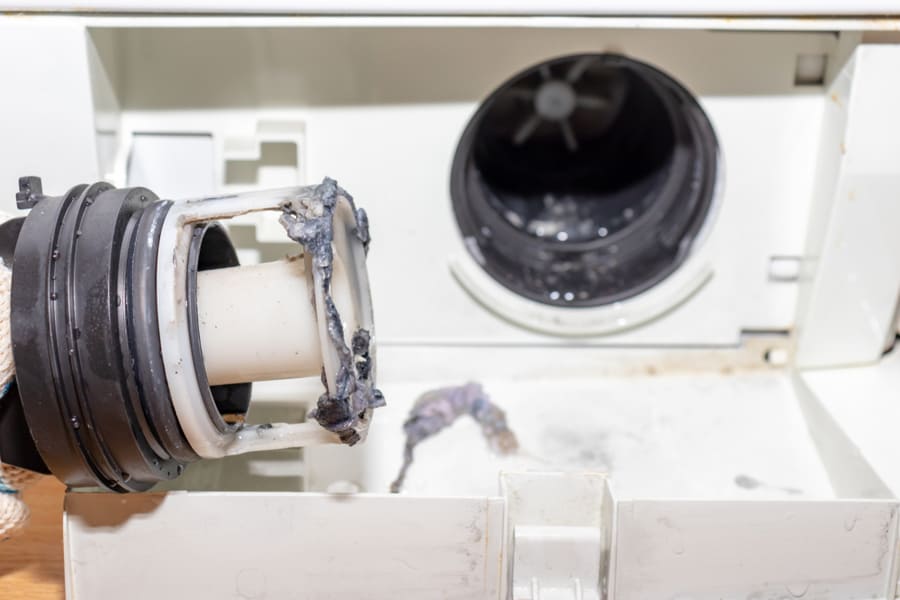
These things have no set rule, and the manufacturer’s instructions may vary depending on the machine. However, cleaning your washing machine filter at least once every two months is best.
This way, you can help improve the machine’s performance over time and avoid an unexpected malfunction.
Let’s leave it here with how often you should clean your Electrolux washing machine and move to another common query about the home appliance.
Have you ever sighted lint on your clothes after laundry? If you answered “yes,” you are not alone. Lint presence on clothes after a wash cycle is a common problem with all washing machines, not just the Electrolux brand alone.
But why does this happen? Let’s settle that question in the next section.
Why Lint May Appear on Clothes After Washing
There are many reasons why lint may appear on your clothes after a wash cycle. Sometimes, a dirty filter may be the cause, but at other times, something else may be at play.
Below, we considered some of the possible causes of lint deposits on clean clothes:
1. Dirty Filter

Most times, the obvious culprit is a dirty filter because lint and debris typically settle on dirty filters. But after reading this guide, you should know how to clean your washing machine filter properly.
Routine cleaning following the steps above will help eliminate your lint problem.
2. Some Clothes Generate Lint

You may not know this, but some clothes in your laundry may be responsible for your lint problem. Some examples of these clothes are fabrics made from natural fibers, which generate more lint than those with synthetic materials.
If you have clothes made from flannel, fleece, or corduroy, they may be the likely culprits. But note that some synthetic blends can cause lint to spread all over your laundry.
So, watching what clothes you load into your washer would be best. One way to protect your clothes from this lint situation is to wash them inside out.
This way, you reduce the chances of lint spreading to other clothes and preserve the lifespan of the lint-attracting clothes.
Alternatively, you can split your laundry into two batches, one for lint-prone clothes and another for regular clothes. Then, you can wash the lint-prone clothes by hand or in a separate load.
3. A Dirty Washing Machine
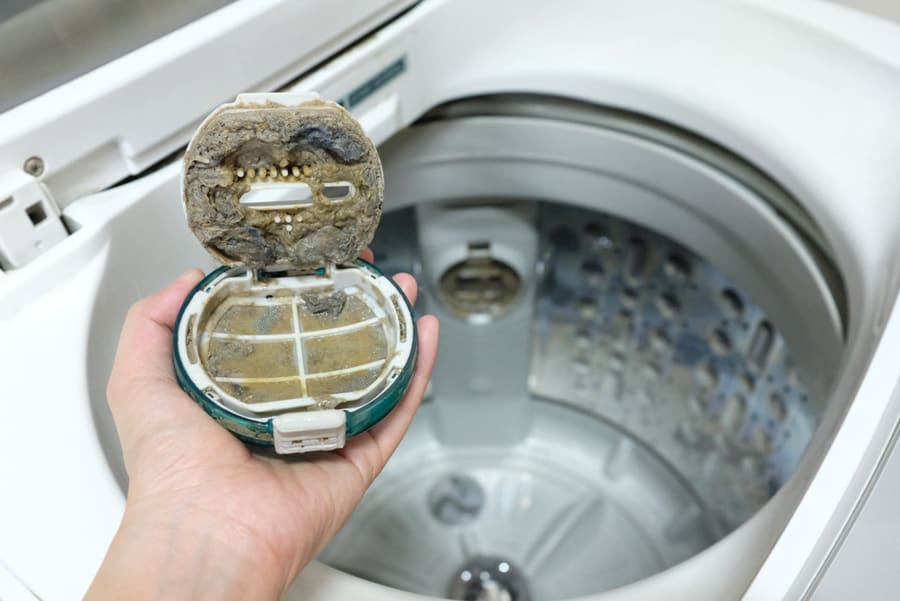
Under the first point in this section, we considered a dirty filter as a major reason for lint getting on clothes. But sometimes, the entire washing mashing may need a thorough cleaning.
We recommend a monthly deep cleaning season for your washing machine. Pour some white vinegar into the tank and run a cycle to clean your washer.
Tips for Maintaining Your Electrolux Washing Machine
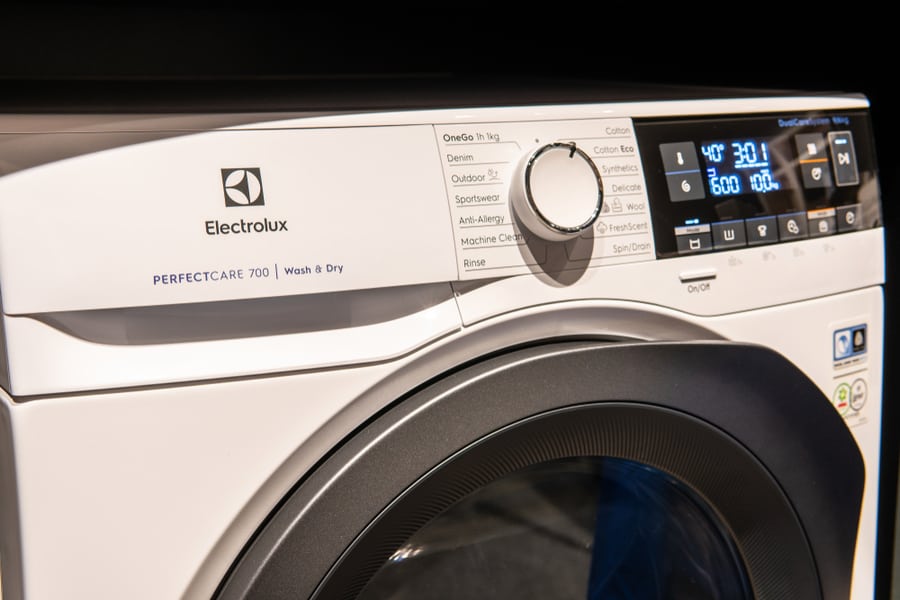
Before we go, we will leave you with some tips you can follow to maintain your washing machine:
- Empty your cloth pockets and remove loose extensions before loading clothes in the washer. These loose attachments and other items may affect the washer’s performance in the filter.
- Do not use excess detergent or load too much laundry at once.
- Please open the washing machine cover and detergent compartment after every use.
- Conduct routine inspections on your washer and clean it whenever you notice dirt. Alternatively, you can run a wash once every month.
- Do a deep clean twice a year.
Conclusion
Regular cleaning of your machine guarantees you cleaner clothes and a better-performing machine. You can trace most problems with your Electrolux washing machine to a dirty filter.
That is why we highlighted how to clean this filter in this guide. Follow our recommended procedures to preserve your washing machine and clothes by extension.
Frequently Asked Questions
What Happens if I Don’t Clean My Washing Machine Filter?
When you don’t clean you don’t clean the filter on your Electrolux washer often, the dirt can clog it. The dirt returns to your laundry whenever this filter is clogged, making it dirty after a wash.
Plus, since dirty water cannot drain due to the blockage, you may get smelly, damp clothes after every wash.
Can I Put Something in My Washer To Collect Lint?
You can put some fabric softeners or white vinegar in your washing machine to prevent lint from gathering.
As a bonus, the fabric softener and white vinegar can help extend the lifespan of your clothes.
Can I Clean My Filter Without Water Pouring Everywhere?
Cleaning a filter is messy, so we suggested laying a shallow bowl before the filter.
However, the more often you clean your filter, the less you will have to deal with excess water. So, target cleaning your filter at least once in two months.




